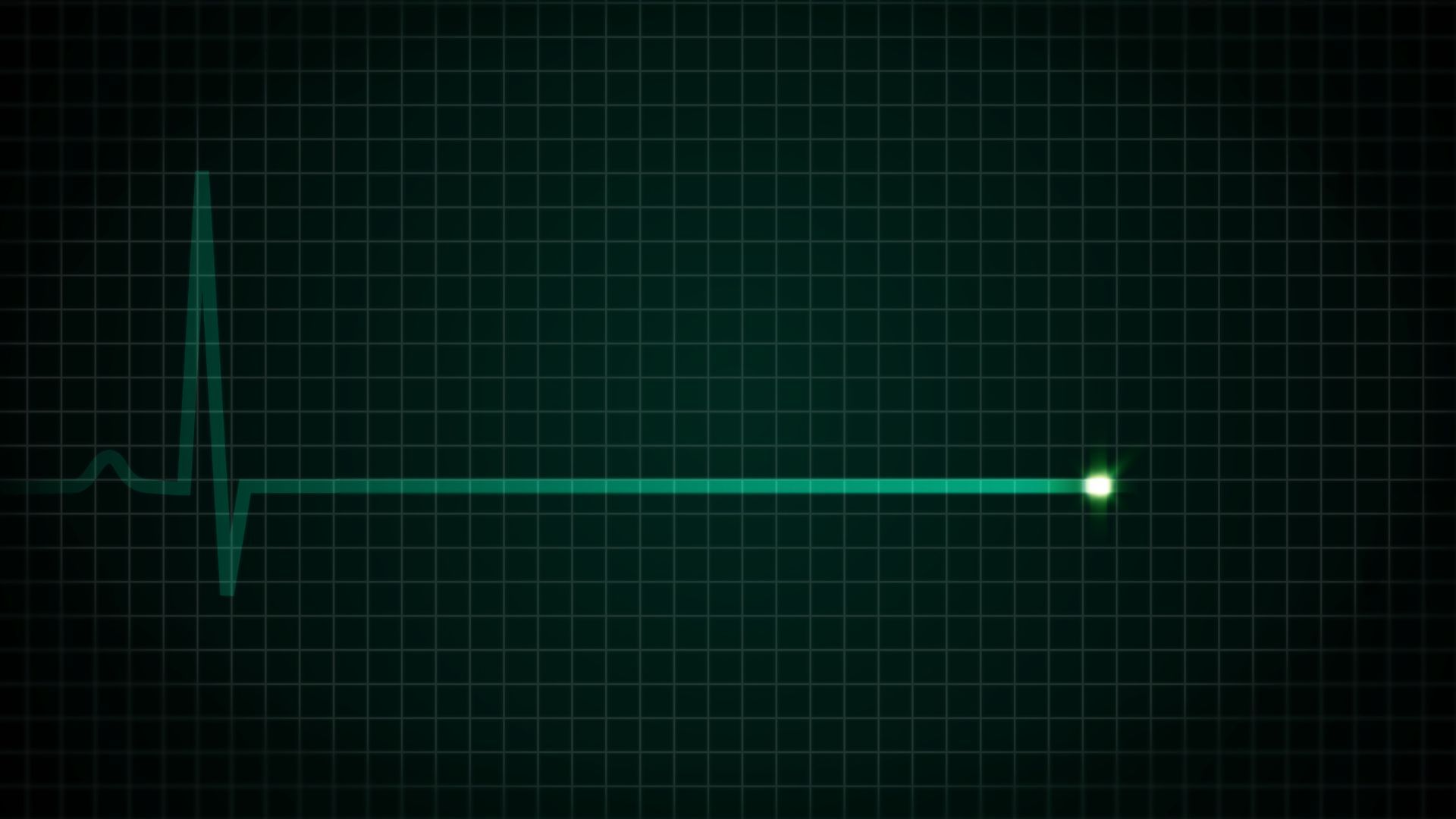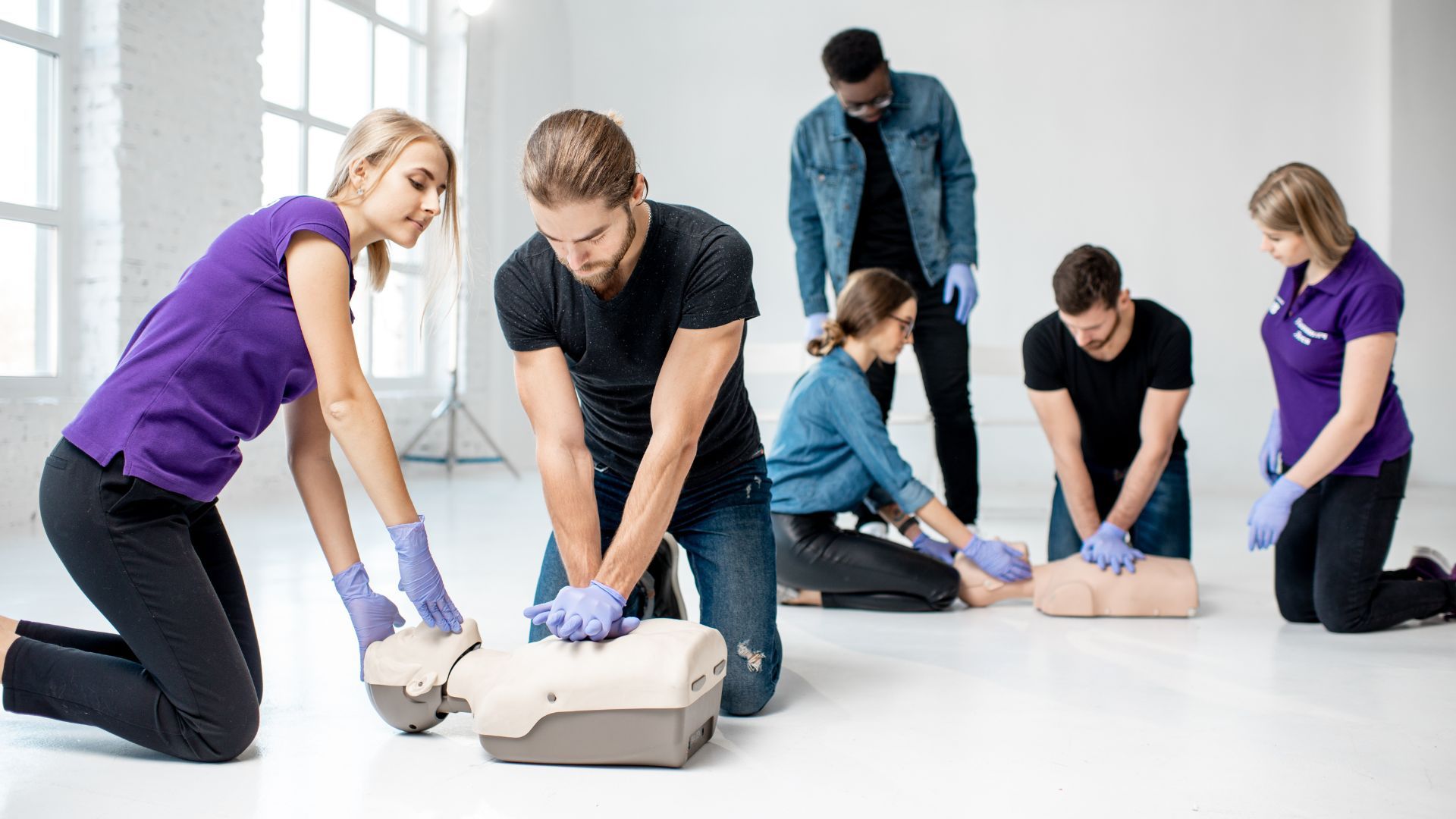PAD (Public Access Defibrillation)
Public Access Defibrillation (PAD) Pronunciation: P-A-D (pē-ā-dē)
Definition: Public Access Defibrillation, or PAD, refers to the strategic placement of Automated External Defibrillators (AEDs) in public and/or high-traffic places, making them accessible for use in case of a cardiac emergency. The objective of PAD programs is to significantly reduce the time between sudden cardiac arrest and defibrillation, thereby increasing survival rates.
Frequently Asked Questions About Public Access Defibrillation (PAD)
What is the importance of PAD?
PAD is a crucial component of the emergency medical response to cardiac arrest. The sooner defibrillation can occur after the onset of cardiac arrest, the higher the chances of survival. With PAD, bystanders can initiate life-saving defibrillation before professional emergency medical services arrive, potentially improving outcomes.
Where can PADs be found?
PADs can typically be found in high-traffic public areas such as airports, shopping centers, sports stadiums, schools, and office buildings. They’re typically housed in wall-mounted units, often marked with a universal AED symbol.
Who can use a PAD?
Any bystander can potentially use a PAD. These devices are designed for ease of use and will guide users through the steps of operation with clear visual and audio instructions. However, training in the use of AEDs and CPR is highly encouraged to enhance confidence and effectiveness during a cardiac emergency.
More Articles





